Geological Museum (지질박물관)
2025-01-10
124, Gwahak-ro, Yuseong-gu, Daejeon
+82-42-868-3798
The Geological Museum located in Yuseong-gu, Daejeon, is the nation’s first comprehensive museum dedicated to geology. The museum, established in 2001, operates with the goal of promoting public understanding and support of the field of geology, offering geology-related movies/videos, lectures and diverse hands-on experience programs. There is even a geology specimen center where samples are preserved for use by researchers.
Currency Museum of Korea (화폐박물관)
2025-10-23
80-67 Gwahak-ro, Yuseong-gu, Daejeon
+82-42-870-1200
The Currency Museum of Korea, established in 1988, is operated by the Mint Corporation of Korea as part of its non-profit public services and is open to visitors free of charge with a view of increasing public knowledge of the nation’s currency. The museum features about 120,000 pieces including: coins currently in use both in Korea and overseas; coins from modern times (from the Late Joseon Dynasty until today); 80 types of commemorative coins; 88 types of ‘special money’; postage stamps, and other materials. Additionally, there is an experiential space where visitors can learn about the currency production process and its historical significance, providing significant educational benefits.
Korea Naval Academy Museum (해군사관학교박물관)
2020-07-07
1, Jungwon-ro, Jinhae-gu, Changwon-si, Gyeongsangnam-do
+82-55-549-1082
The Korean Naval Academy Museum was opened on January 17, 1976, on the 30th anniversary of the Korean Naval Academy. When it first opened, the museum consisted of only a small exhibition room, but later saw the addition of a life-sized, ironclad Geobukseon (turtle ship) on January 31, 1980. On February 23, 1981, an independent museum was built and on April 28, 1990, the museum was expanded to its current size.
Energy Environment Science Park - Energy Exhibition Hall (에너지환경과학공원 에너지전시관)
2021-03-18
101, Cheonja-ro, Jinhae-gu, Changwon-si, Gyeongsangnam-do
+82-55-712-0446
The Energy Exhibition Hall in the Energy Environment Science Park is designed in the shape of a sailboat to complement the oceanic scenery surrounding the museum. The exhibition hall consists of a showroom and an observation room that introduce the principles and usage of alternative energy. The exhibition center demonstrates how wind and photovoltaic power plants work, and in what ways clean renewable energy is being used. The center is also used as a solar power plant, and visitors can observe devices and facilities powered by future energy sources.
Busan Bokcheon Museum (복천박물관(부산))
2021-03-15
63, Bokcheon-ro, Dongnae-gu, Busan-si
+82-51-554-4263
Bokcheon Museum, an archaeological museum in Busan, opened its doors to the public on October 5, 1996 as a tribute to the long-honored history of Busan from the Samhan Era to the Three Kingdoms Era. The museum displays relics and artifacts excavated from the ancient burial ground in Bokcheon-dong. As many as 169 artifact pieces, including diverse earthenware, weapons, and ruins, found in a series of seven excavations are on display throughout the museum. The array of relics and tombs discovered in the Ancient Tombs in Bokcheon-dong, designated as Historic Site No. 273, are essential to solving the mystery of the Gaya Kingdom, which remains an uncharted, secret land.
Since opening, the museum has been conducting further research at the site of the burial grounds and remains in the local area to better understand the antiquated history and culture of Busan as well as the ancient kingdom of Gaya. The museum, as a reputable venue for historical education and exploration, also holds academic seminars and special exhibitions to share the research results and achievements with scholars and the community alike.
Tea Museum of Korea (한국차박물관)
2019-03-18
775, Nokcha-ro, Boseong-eup, Boseong-gun, Jeollanam-do
+82-61-852-0918
The Tea Museum of Korea was built to preserve Korea’s tea culture and celebrate the history of Boseong tea, which dates back as far as the Baekje Era. Each of the three floors of the museum is unique and focuses on a different aspect of tea. On the first floor is the Tea Culture Hall, which explains the process of tea production through graphic panels, videos, and dioramas. The Tea History Hall on the second floor exhibits tea wares and tools from different periods in history, showcasing the evolution of tea culture over time. The third floor houses the Tea Life Hall, which is dedicated to education and hands-on experiences and gives visitors a chance to discover the tea cultures of Korea, China, Japan, and Europe as well as various tea tools from other countries. Visitors can further delve into the world of tea by visiting the Tea Making Workshop, which is equipped with facilities to make different types of green teas.
Namdo Folk Food Exhibition Room & Honam Cultural Material Pavilion (남도향토음식박물관·호남문화자료전시관)
2021-11-27
477, Seoljuk-ro, Buk-gu, Gwangju
+82-62-410-6642
Located in Gwangju, the Namdo Folk Food Exhibition Room was established to preserve and promote the local foods of the Namdo region. The museum has a museum shop, both permanent exhibitions and special planned exhibitions, and a studio where visitors can watch a variety of video content related to the local foods. In the Honam Cultural Material Pavilion, literature, clothing, and artwork from the region are on display.
The museum building was designed to resemble both the long, rectangular presses used to make patterned rice cakes and the Ipseokdae Rock of Mudeungsan Mountain, a symbol of Gwangju. Even the colors of the building’s walls hold special significance. The obangsaek (five colors; blue, white, red, black, and yellow) symbolize the cardinal directions, the seasons, the major organs in the body, different tastes, feelings, and philosophy.
Midang Literary House (미당 서정주 시문학관)
2025-01-10
2-8, Jilmajae-ro, Gochang-gun, Jeonbuk-do
+82-63-560-2760
The Midang Literary House is a memorial center for the great poet Seo Jeong-Ju (penname ‘Midang’) built in Seonun-ri in Gochang-gun, Jeollabuk-do, where the poet was born and is buried. In the fall of 2001, a year after the poet’s death, the center opened on November 3rd on the anniversary of the Gwangju Student Movements (1929 and 1930), which took place while Midang attended Jungang High School. Located adjacent to the center are the poet’s birth house and grave.
Housed in a renovated branch of Seonun Elementary School, the Midang Literary House was structurally designed to convey the architectural concepts of 'eco-friendly' and 'learning.’
Gochang Pansori Museum (고창판소리박물관)
2024-04-06
100, Dongni-ro, Gochang-gun, Jeonbuk-do
+82-63-560-8061
The Gochang Pansori Museum was established in the old residence of ‘Dongni’ Sin Jae-Hyo (a musical theorist and arranger and a sponsor of Pansori) with the aim of honoring the great Pansori singers of the past (including Sin Jae-Hyo) and preserving and developing the indigenous tradition of Pansori. Of the original rooms of the residence only Sarangchae (an annex where men used to study or welcome guests) has been renovated and is open to the public. Right next to Sarangchae is the Dongni Gugakdang (Korean Traditional Music Hall).
Over 1,000 pieces related to Pansori and great local singers are on display at the museum, included personal possessions once owned by Sin Jae-Hyo (penname ‘Dongni’). For those interested in learning more about the traditional art of Pansori music or experiencing high-quality Pansori, the Gochang Pansori Museum is a must-visit travel destination.
Byeokgolje Museum of Agricultural Culture (벽골제 농경문화 박물관)
2024-04-06
442, Byeokgolje-ro, Gimje-si, Jeonbuk-do
+82-63-540-4989
The largest irrigation facility in Korea, Byeokgolje Reservoir (Historic Site) is considered the birthplace of Korea’s rice-farming culture. All that remains of the reservoir today are a three-kilometer long embankment that spans from Sinyong-ri to Wolseung-ri in Buryang-myeon, Gimje-si and a monument that was erected in 1415. The Byeokgolje Museum of Agricultural Culture exhibits around 250 artifacts related to rice farming; located within the same complex is an experience center where visitors can discover many properties of irrigation facilities first-hand.
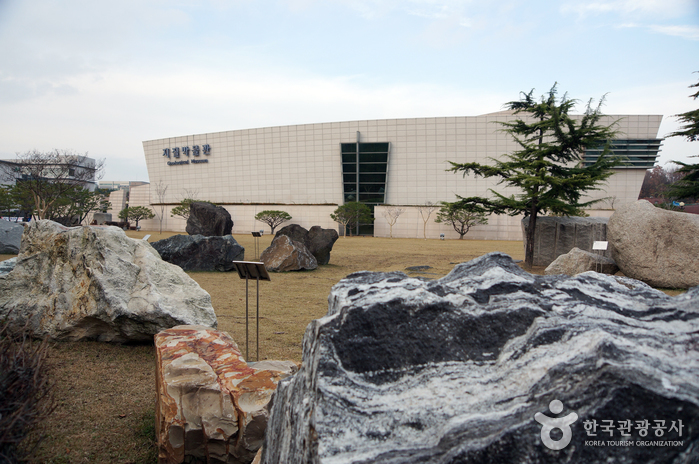
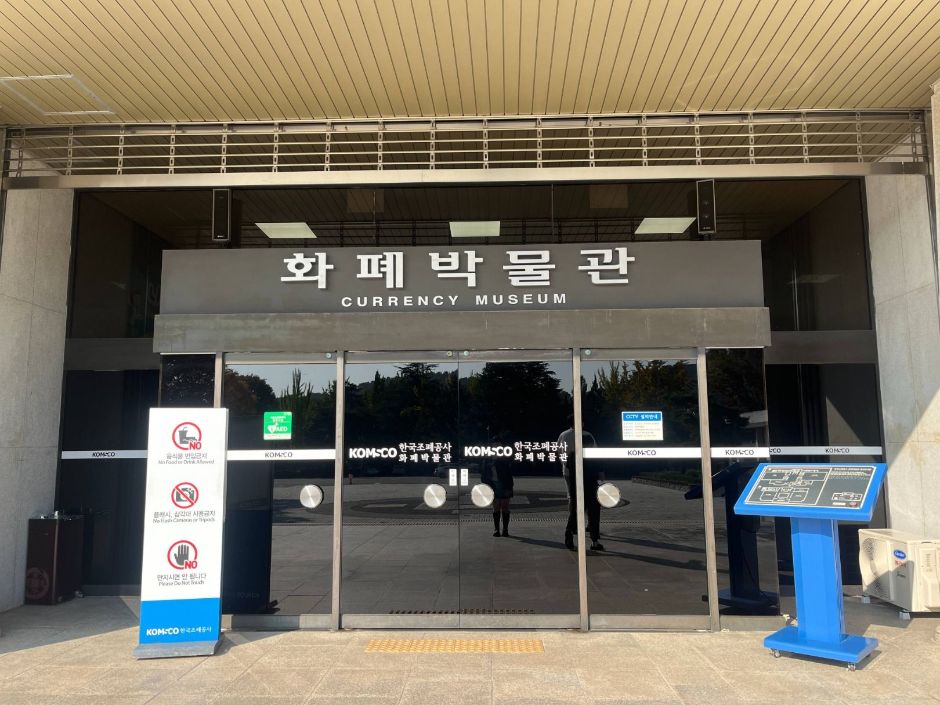
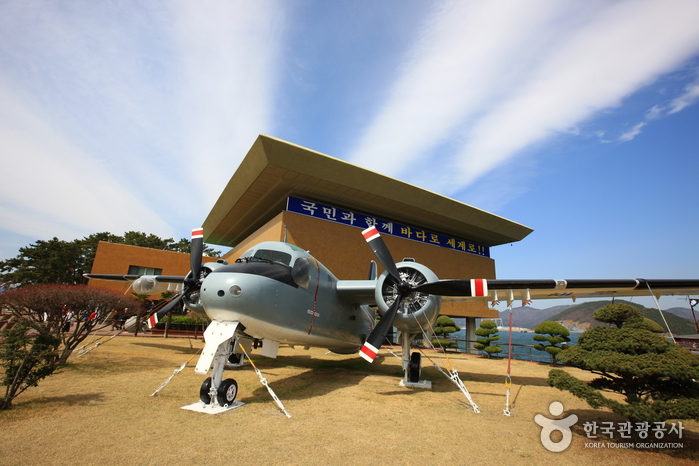
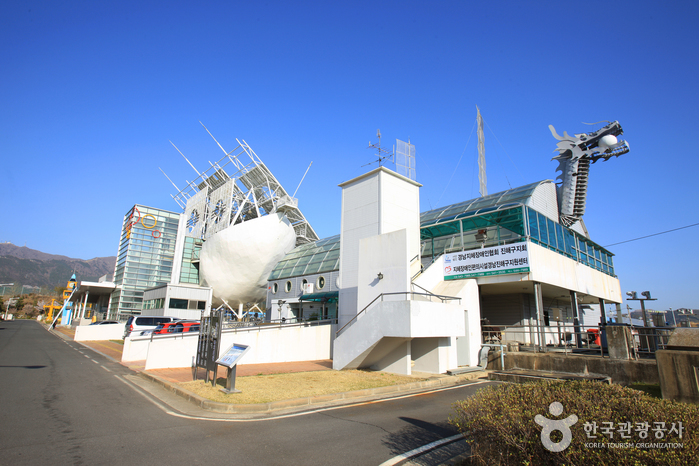
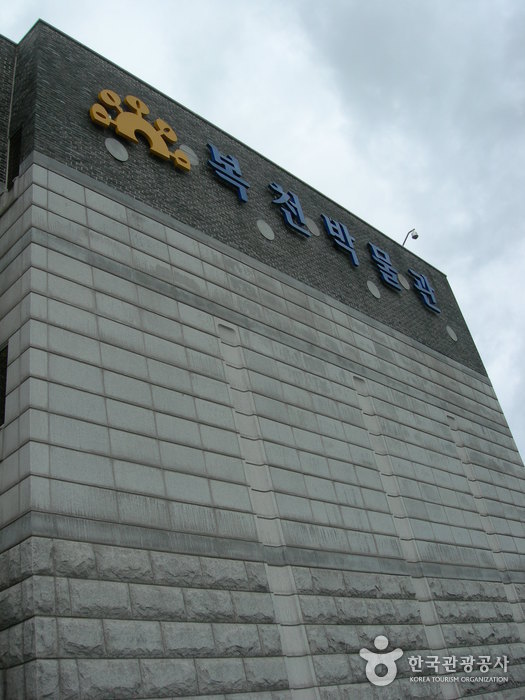
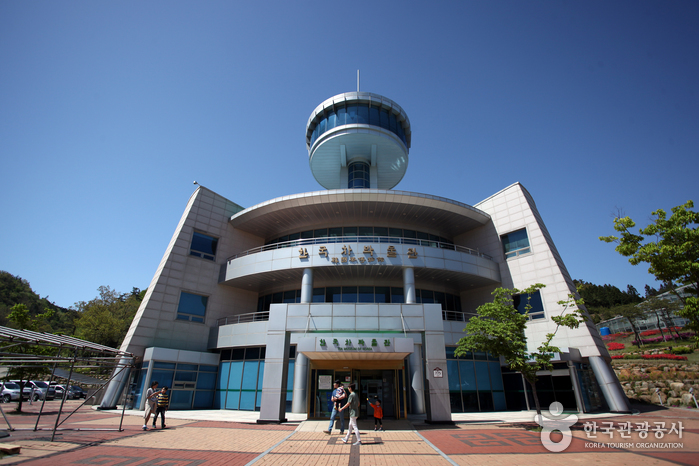
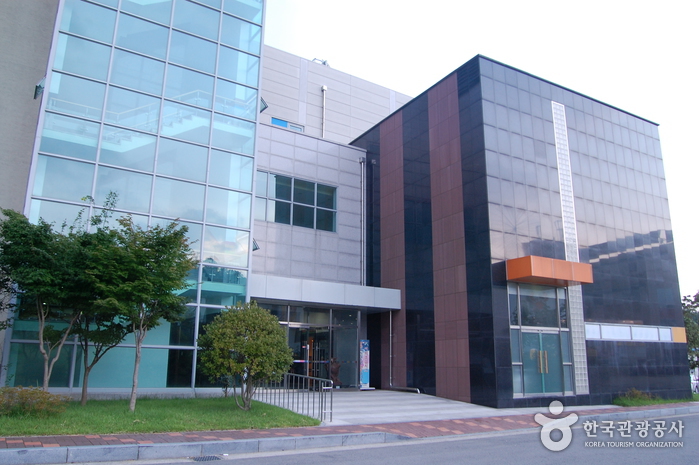
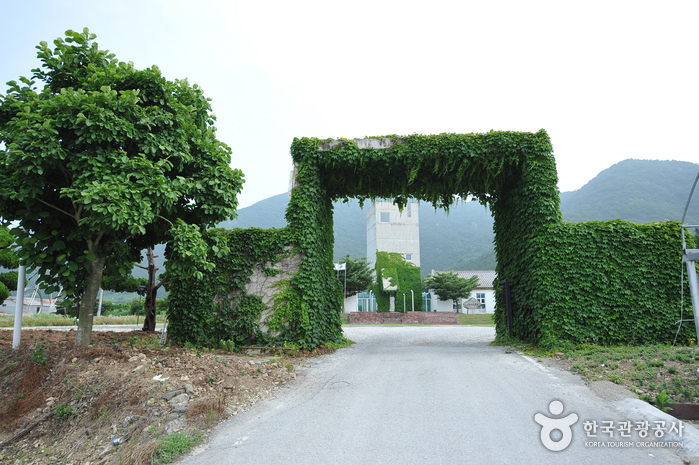
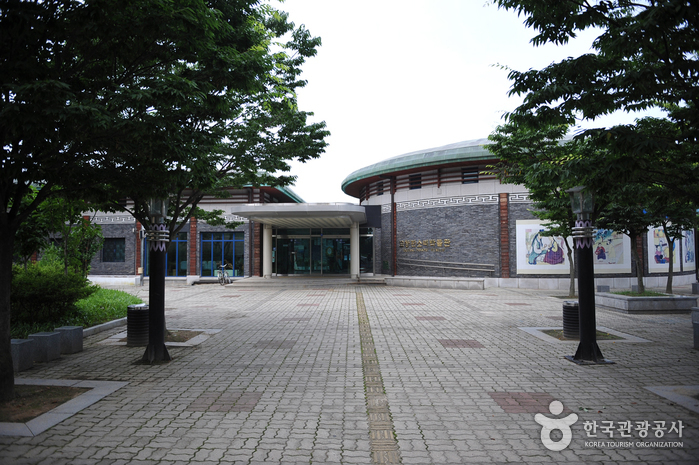
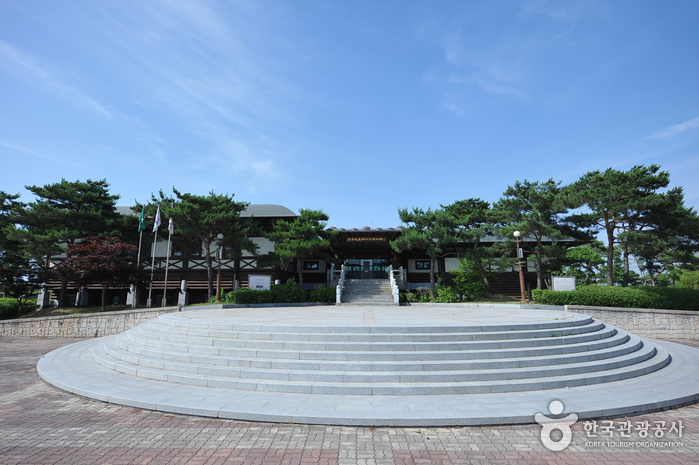
 English
English
 한국어
한국어 日本語
日本語 中文(简体)
中文(简体) Deutsch
Deutsch Français
Français Español
Español Русский
Русский